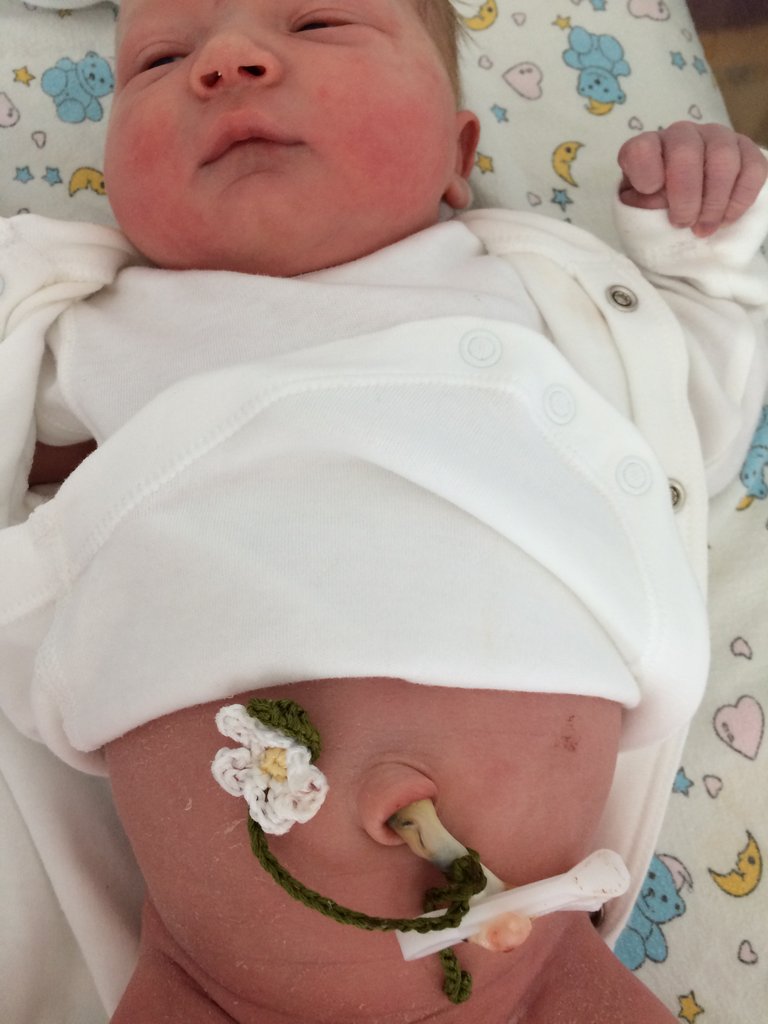 The Amazing Benefits of Delayed Cord Clamping 💜
The Amazing Benefits of Delayed Cord Clamping 💜
At the top of my birth plan 👍🏻👶🏼
Cutting the cord immediately after the birth has been routine practice for 50-60 years but more recently research is showing that it is not good for the baby as it means the baby misses out on a large amount of blood (214g). This has led to more recent changes in guidelines and practice towards delaying clamping. Waiting until the cord has stopped pulsating and becomes white is becoming increasingly normal practice in births where there is no medical reason to speed things up.
Normally the midwife should be able to feel when this happens by just touching the cord. If there is a reason why time cannot be allowed for this, then the midwife or doctor should wait at least 1-3 minutes following the birth of the baby before clamping and cutting the cord.
NICE guidance recommends that cord clamping is delayed in all maternity units for at least 1-5 minutes in all babies unless the fetal heart is less than 60 bpm and not getting faster, at this point, for practical reasons, the baby may need to be taken away to get breathing support.
Why is delayed cord clamping recommended?
Delayed cord clamping allows the blood from the placenta to continue being transferred to the baby even after they are born. This means that the baby could receive up to 214g of cord blood, which is about 30% more blood than they would have without it.
The BENEFITS of this include:
💜 increased iron levels in the baby even up until they are six months old which helps with growth and both physical and emotional development.
💜 a normal, healthy blood volume for the transition to life outside the womb
💜 a full count of red blood cells, stem cells and immune cells. For the mother, delayed clamping keeps the mother-baby unit intact and can prevent complications with delivering the placenta. The increased amount of stem cells, helps with your baby’s growth and helps with their immune system.
RISKS OF IMMEDIATE CORD CLAMPING
For many decades, various studies have shown that immediate or early cord clamping disrupts normal physiology, anatomy and the birth process – it severs the baby from the still-functioning placenta and halts the circulation of blood.
Large studies have shown that immediate cord clamping can result in lower iron stores in the baby for up to 6 months after birth. While not all the implications of a reduced iron status are understood, iron deficiency in the first few months of life is associated with neurodevelopmental delay, which may be irreversible.
Early cord clamping can cause complications for the mother, too. There is some evidence that early clamping increases the risk of post-partum hemorrhage and retained placenta by engorging the placenta with the baby’s blood. This makes it harder for the uterus to contract and expel the placenta.
Tag anyone you know that is pregnant and share the wonderful knowledge 🙏
https://www.facebook.com/1413806755298969/posts/1631013790244930/
Is Delayed Cord Clamping possible with a Caesarean? YES Absolutely;
https://www.bellybelly.com.au/birth/delayed-cord-clamping-c-section/
In a forthcoming post I will also be explaining why we won’t be giving this baby Vitamin K
All things baby and me -x-
Congratulations @allthingsbaby! You have completed the following achievement on Steemit and have been rewarded with new badge(s) :
Click on the badge to view your Board of Honor.
If you no longer want to receive notifications, reply to this comment with the word
STOPTo support your work, I also upvoted your post!